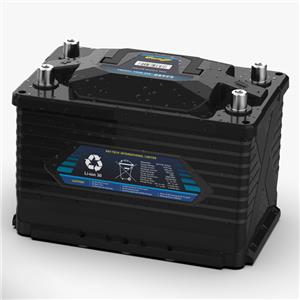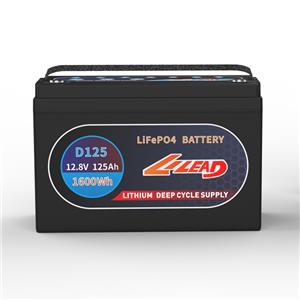Bridging the Gap: How Lithium-ion Batteries Overcome Challenges in Sailboat Energy Storage
Sailboats face unique challenges when it comes to energy storage, ranging from limited onboard space to fluctuating energy demands. Traditional energy storage solutions, such as lead-acid batteries, often struggle to meet the diverse needs of sailboats in a reliable and efficient manner. However, lithium-ion batteries have emerged as a solution capable of bridging the gap and overcoming these challenges. In this article, we explore how lithium-ion batteries address the specific challenges of energy storage in sailboats and enable sailors to navigate with confidence.
1. Limited Onboard Space:
One of the primary challenges in sailboat energy storage is the limited onboard space available for batteries. Lithium-ion batteries offer a higher energy density compared to traditional lead-acid batteries, allowing sailboats to store more energy in a smaller footprint and optimize space utilization without sacrificing performance.
2. Variable Energy Demands:
Sailboats experience fluctuating energy demands depending on factors such as weather conditions, navigation requirements, and onboard systems usage. Lithium-ion batteries excel in managing variable energy demands, with rapid charging capabilities and efficient energy storage, ensuring a consistent power supply even in dynamic sailing environments.
3. Weight Distribution:
Weight distribution is critical for maintaining stability and performance on sailboats. Lithium-ion batteries are lighter and more compact than lead-acid batteries, allowing sailboats to achieve better weight distribution and balance without compromising handling or maneuverability, especially in performance-oriented sailing scenarios.
4. Performance in Harsh Environments:
Sailboats operate in harsh marine environments characterized by saltwater exposure, humidity, and temperature fluctuations. Lithium-ion batteries are designed to withstand these conditions, with durable and corrosion-resistant construction that ensures reliable performance even in challenging sailing conditions.
5. Integration with Renewable Energy Sources:
Sailboats increasingly rely on renewable energy sources such as solar panels and wind turbines to supplement onboard power supply. Lithium-ion batteries seamlessly integrate with renewable energy systems, allowing sailboats to capture and store clean energy for later use, reducing reliance on fossil fuels and enhancing sustainability.
6. Longevity and Reliability:
Sailboats require energy storage solutions that can withstand the rigors of extended voyages and frequent charging cycles. Lithium-ion batteries offer superior longevity and reliability compared to lead-acid batteries, with a longer lifespan and minimal maintenance requirements, ensuring uninterrupted operation and peace of mind for sailors.
7. Conclusion:
Lithium-ion batteries represent a significant advancement in sailboat energy storage, offering solutions to overcome the challenges of limited space, variable energy demands, weight distribution, performance in harsh environments, integration with renewable energy sources, longevity, and reliability. By bridging the gap and addressing these challenges, lithium-ion batteries empower sailboats to navigate with confidence and embrace the possibilities of clean, efficient, and sustainable sailing.
As sailboats continue to adopt lithium-ion batteries for energy storage, sailors can look forward to enhanced performance, reliability, and sustainability on the open seas, ushering in a new era of innovation and exploration in the world of sailing.




